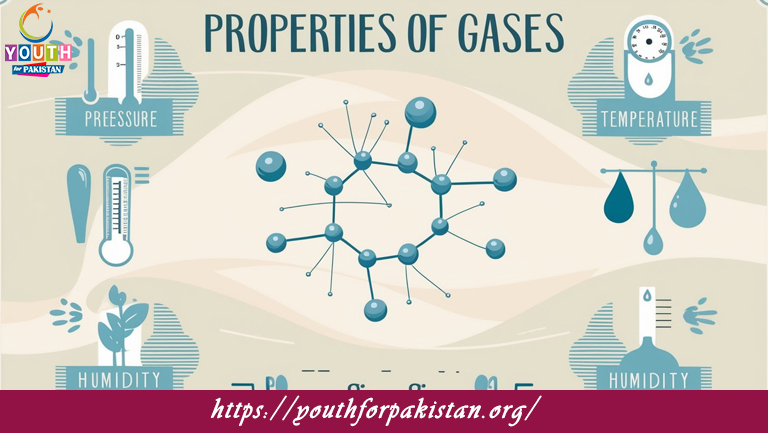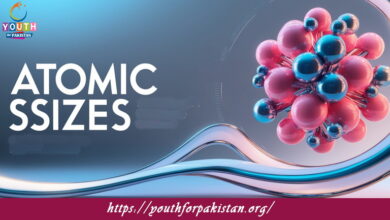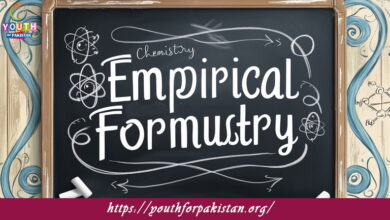Properties Of Gases MDCAT Quiz with Answers

Properties Of Gases MDCAT Quiz are very important for understanding the behavior of gases, and they are an important part of most chemical and physical processes. The characteristics of gases include low density and high compressibility; they expand and fill any container with their shape. It can be characterized by a set of main laws: Boyle’s Law, Charles’s Law, and Avogadro’s Law, describing the connection of gas pressure, volume, temperature, and the quantity of gas molecules. For MDCAT students, this is very vital because without the proper grip over the properties of gases, the solution of difficult problems related to the behavior of gases, often tested in the MDCAT Quiz, is impossible.
MDCAT Quiz on Properties of Gases
The MDCAT Quiz on Properties of Gases is designed to help students test their understanding of the characteristics and laws governing the behavior of gases. It contains problems on calculating pressure, volume, and temperature relationships using Boyle’s Law, Charles’ Law, and the Ideal Gas Law. It also contains questions on real gas behavior and deviations from ideal conditions, which are important in understanding how gases behave under different physical conditions. Regular practice with this quiz sharpens a student’s problem-solving skills and prepares them for such types of questions in the MDCAT exam.
Free Flashcard for Properties of Gases
Our Free Flashcard for Properties of Gases will offer a quick and effective way for students to revise the important properties and laws governing the behavior of gases. The flashcards include key concepts such as gas laws, the molecular theory of gases, and factors affecting gas pressure and volume. With clear formulas and examples, these flashcards make it easier to memorize and recall critical information for the MDCAT exam. They are useful as a revision tool for students looking to consolidate their knowledge in this area of gas properties.

The ideal gas law combines Boyle's, Charles's, and Avogadro’s laws into one equation, represented by:

The law that describes the relationship between pressure and temperature at constant volume is known as:

The volume of a gas is inversely proportional to its pressure at constant temperature. This is stated by:
Experience the real exam environment with our expertly designed collection of over 25,000 MCQs MDCAT Mock Tests.





